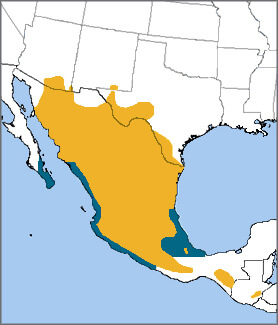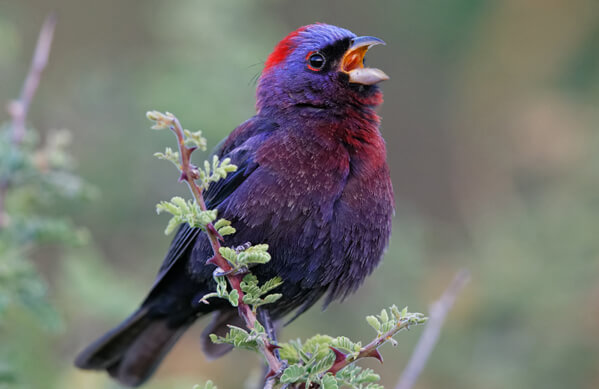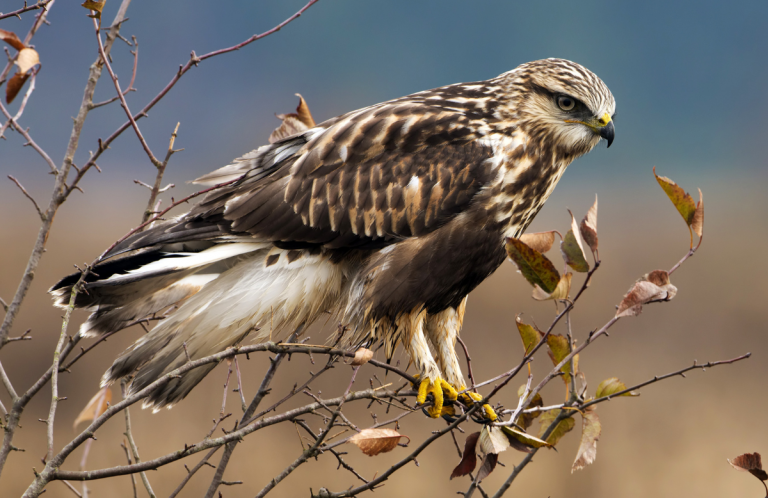 Like Painted Buntings, male Varied Buntings shine like jewels. The brilliant colors of Varied Buntings stand out in their arid habitat. But despite their striking appearance, this is an inconspicuous bird, often concealed in desert brush far from human habitation.
Like Painted Buntings, male Varied Buntings shine like jewels. The brilliant colors of Varied Buntings stand out in their arid habitat. But despite their striking appearance, this is an inconspicuous bird, often concealed in desert brush far from human habitation.
Most Varied Buntings occur in Mexico, barely making it into the United States along the southern borders of Texas, New Mexico, and Arizona. Like many other desert species, its life cycle is tied to rain: When summer rains are delayed, they may not nest until as late as August.
Since Varied Buntings lurk in dense cover, they are easiest to find when singing their series of sweet, whistled phrases, similar to the closely-related Painted and Lazuli Buntings.
Sign up for ABC's eNews to learn how you can help protect birds
As in many other bird species, male Varied Buntings do not molt into full adult plumage until their second year of life.

Varied Bunting by Jacob Spendelow
This species is threatened by the loss or alteration of its habitat, dense desert scrub due to grazing, mining, and residential development. Varied Bunting nests are also parasitized by cowbirds, and sadly, the birds are often trapped and kept as cage birds in Mexico.
The Varied Bunting is benefiting from ABC's efforts to "bring back the birds," with our focus on conserving geographically linked habitats: southwestern arid lands in the United States, where these birds breed, and Mexican thorn scrub habitat, where they overwinter. We're working with local stakeholders and partners to help manage these lands for both birds and people.
Donate to support ABC's conservation mission!



















































